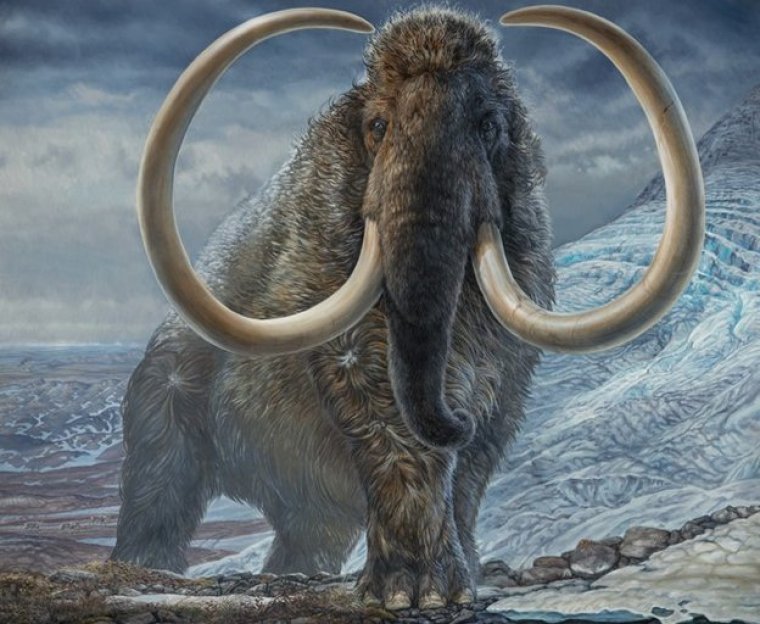| News / Science News |
Study takes unprecedented peek into life of 17,000-year-old mammoth
An international research team has retraced the astonishing lifetime journey of an Arctic woolly mammoth, which covered enough of the Alaska landscape during its 28 years to almost circle the Earth twice.

An adult male woolly mammoth navigates a mountain pass in Arctic Alaska, 17,100 years ago. Photo: James Havens
Scientists gathered unprecedented details of its life through analysis of a 17,000-year-old fossil from the University of Alaska Museum of the North.
By generating and studying isotopic data in the mammoth's tusk, the researchers were able to match its movements and diet with isotopic maps of the region.
Few details have been known about the lives and movements of woolly mammoths, and the study offers the first evidence that they traveled vast distances.
"It's not clear-cut if it was a seasonal migrator, but it covered some serious ground," said University of Alaska Fairbanks researcher Matthew Wooller, co-lead author of the paper. "It visited many parts of Alaska at some point during its lifetime, which is pretty amazing when you think about how big that area is."
Scientists at the Alaska Stable Isotope Facility, where Wooller is director, split the 6-foot tusk lengthwise and generated about 400,000 microscopic data points using a laser and other techniques.
The detailed isotope analyses the scientists made are possible because of the way mammoth tusks grew. Mammoths steadily added new layers on a daily basis throughout their lives.
When the tusk was split lengthwise for sampling, these growth bands looked like stacked ice cream cones, offering a chronological record of an entire mammoth’s life.
"From the moment they're born until the day they die, they've got a diary and it's written in their tusks," said Pat Druckenmiller, a paleontologist and director of the UA Museum of the North. "Mother Nature doesn't usually offer up such convenient and life-long records of an individual's life." (National Science Foundation)
YOU MAY ALSO LIKE





